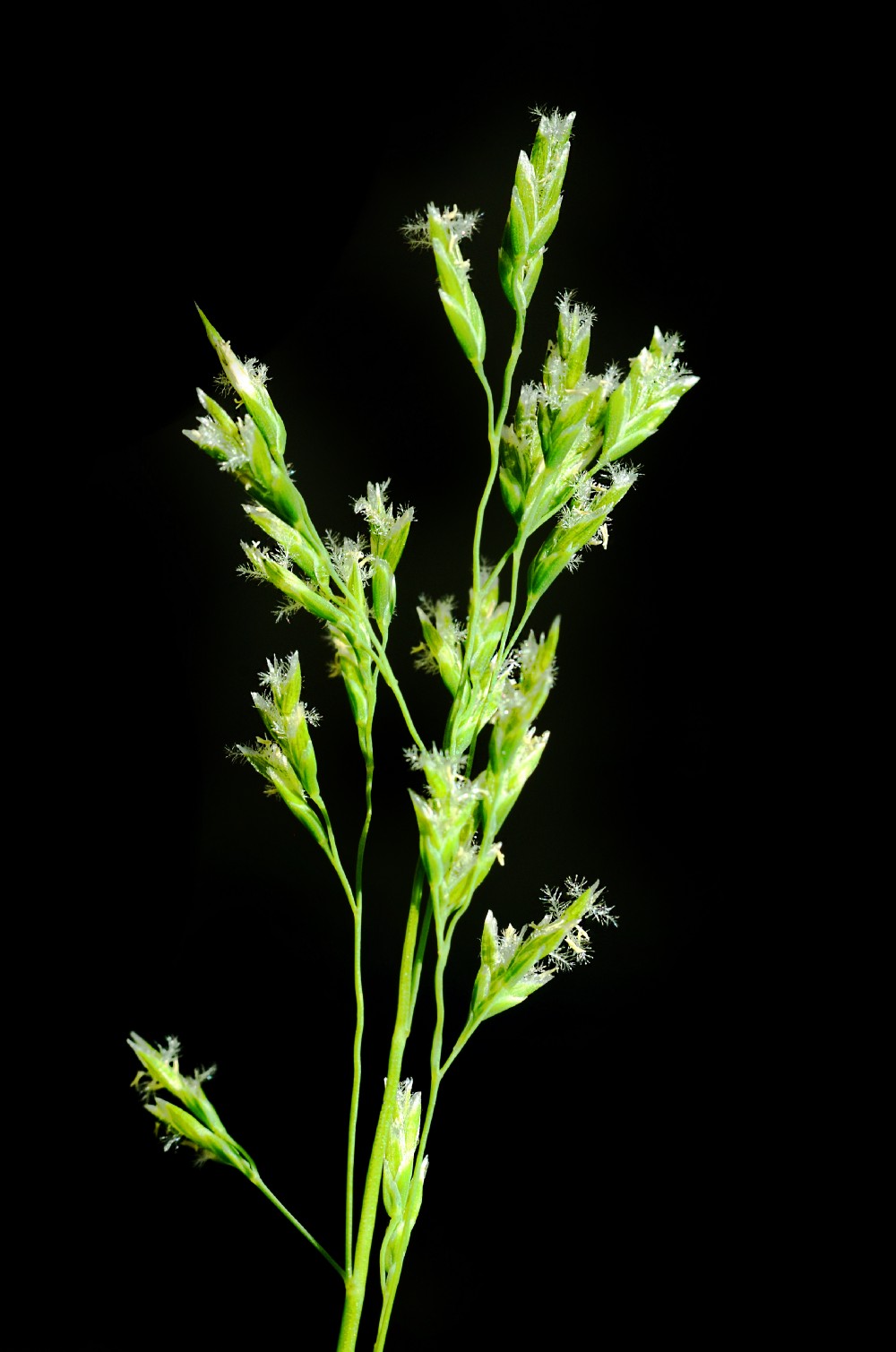Poa Annua: “I’m still here”
Things are different in 2020. Social distancing, mask mandates, and sanitizing equipment were not part of the lexicon prior to this year but have become the norm in response to COVID-19. The pandemic has also challenged many in the turfgrass industry to adjust (or reduce) staffing and operate under budget restrictions that will likely remain for some time. Despite all of the changes brought forward in 2020, one constant remains the same in the turfgrass world — there will be a need to control Poa annua.
My staff at the University of Tennessee jokes that it is “Poa365” in our lab because we are constantly researching Poa annua to assist turfgrass managers in controlling this weed on golf courses, sports fields, lawns, and sod farms. Knowing that summer is coming to a close and many will soon be making product decisions via early-order programs, the objective of this post is to share lessons learned over the past 12 months to aid with decision making this season.
Why is Poa Annua so Difficult to Control in the Transition Zone?
1) Emergence is a moving target
Many turfgrass managers aim to control Poa annua infestations in the transition zone (and southern United States) with applications of preemergence (PRE) herbicides in early fall. One limitation to this approach is that unlike other annual grassy weeds (e.g., crabgrass), Poa annua can germinate across a wide range of environmental conditions which makes timing a PRE herbicide application quite difficult.
A graduate student at the University of Tennessee (Ms. Dallas Taylor, @utdallasgrass) has been tracking Poa annua emergence on a weekly basis since January 1st, 2019 and has learned quite a bit in doing so. In 2019, she observed initial emergence after 12 cooling degree days (CDD, base 21C) accumulated following the summer solstice (Image 1).

In 2020, she first observed annual bluegrass emergence on August 5th— when 4 CDD had accumulated. Many may wonder how this is possible with daily high temperatures still approaching 90F? Daily low temperatures in early morning hours are key. Below is a breakdown of climatic conditions for Knoxville, TN in August 2020 as of this writing (Image 2). Notice the number of days where low temperatures were close to (or below) 70F (21C).
This article was originally written with Medium by Jim Brosnan, Ph.D. Continue reading the full article that includes other points regarding Poa Annua control in the transition zone as well as how this may affect your approaches to Poa Annua.
